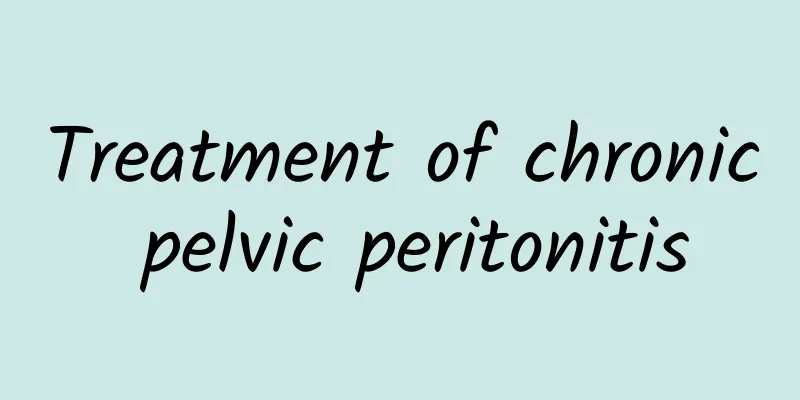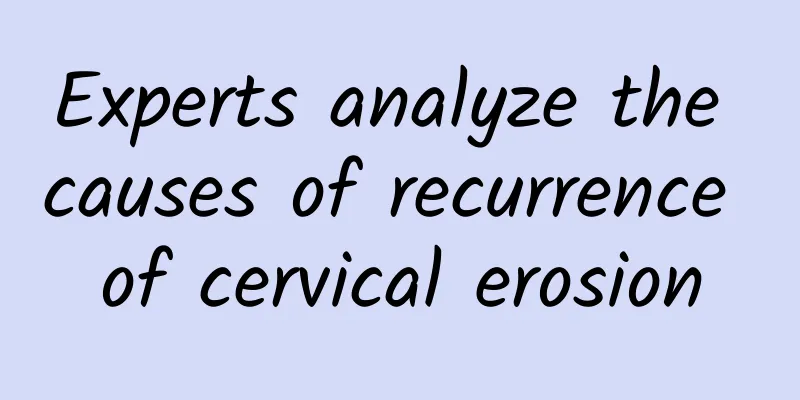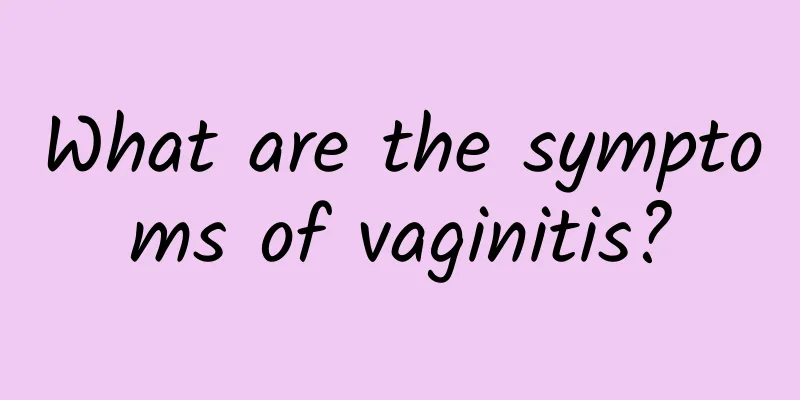Treatment of chronic pelvic peritonitis

|
Pelvic peritonitis is a common and serious surgical disease caused by bacterial infection, chemical stimulation or injury. Its main clinical manifestations are abdominal pain, abdominal muscle tension, nausea, vomiting, fever, and in severe cases, it can cause a drop in blood pressure and systemic toxic reactions. Generally, this disease needs to be treated with the following methods. 1. Body position When there is no shock, the patient should take a semi-recumbent position, which is conducive to the accumulation of exudate in the abdomen in the pelvic cavity, because the symptoms of pelvic abscess poisoning are mild and it is also convenient for drainage. In the semi-recumbent position, the lower limbs should be moved frequently to change the pressure points to prevent venous thrombosis and bedsores. 2. Fasting Patients with gastrointestinal perforation must absolutely fast to reduce the continued leakage of gastrointestinal contents. For patients with pelvic peritonitis caused by other causes who have already developed intestinal paralysis, eating can aggravate the accumulation of fluid and gas in the intestines and worsen abdominal distension. Eating can only be started after the intestinal peristalsis returns to normal. 3. Gastrointestinal decompression It can reduce gastrointestinal distension, improve gastrointestinal wall blood circulation, and reduce the leakage of gastrointestinal contents into the abdominal cavity through the rupture. It is an indispensable treatment for patients with pelvic peritonitis. However, long-term gastrointestinal decompression hinders breathing and coughing, and increases fluid loss, which can cause hypochloremic and hypokalemic alkalosis. Therefore, once intestinal peristalsis returns to normal, the gastric tube should be removed as soon as possible. 4. Analgesia It is necessary to use sedatives and analgesics appropriately to relieve the patient's pain. For patients whose diagnosis has been confirmed and whose treatment has been decided, it is also permissible to use pethidine or morphine to stop severe pain, and it has a certain effect in strengthening the tension of the intestinal wall muscles and preventing intestinal paralysis. However, if the diagnosis has not yet been confirmed and the patient still needs to be observed, it is not appropriate to use analgesics to avoid masking the condition. |
<<: How to treat acute peritonitis
>>: How to treat chronic pelvic peritonitis
Recommend
What are the symptoms of vaginitis that women are most likely to suffer from?
The vagina is an important part of a woman's ...
Key points for daily care of patients with amenorrhea
If a woman experiences amenorrhea, she should not...
Can eating fish oil make your head stronger? German scholars: Just supplement in moderation
In order to prevent their children from losing at...
Is menstruation changing to seasonal menstruation, and premature ovarian failure irreversible? 4 foods to the rescue!
Menstruation is so troublesome. You have to chang...
The lazy sculpting method of a pointed chin can be done by pouting your lips
Your double chin always shows up when you take ph...
Are people who love running smarter? How aerobic exercise benefits the brain
It’s runners’ favorite season again! There are ma...
Is black bean water great for weight loss? Understand the opinions of Chinese and Western medicine experts at once!
Can you easily eliminate excess body fat by drink...
Be careful not to damage your kidneys if you buy any diet pills casually! Learn all about weight loss drugs at once: oral tablets, injection pens
With the change of lifestyle and the prevalence o...
How long does it take to get menstruation after abortion?
The time of menstruation after abortion is not fi...
How much does it cost to treat endometrial thickening?
How much does it cost to treat endometrial thickn...
How much does artificial abortion cost?
Unexpected pregnancy of unmarried women often cat...
Analysis of the causes of recurrent spontaneous abortion
Pregnancy is a happy yet thrilling process for wo...
How is Bartholinitis transmitted?
What is the transmission route of Bartholinitis? ...
14 basic weight loss tips to lose weight
Want to lose weight but don’t know where to start...
What are the symptoms of pelvic peritonitis?
Pelvic peritonitis is an uncomfortable condition ...









